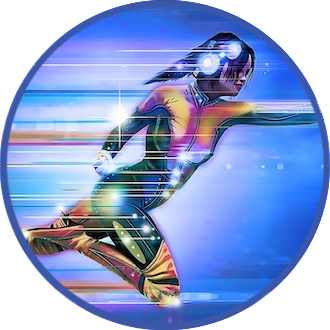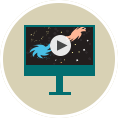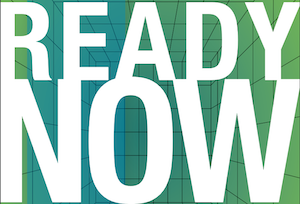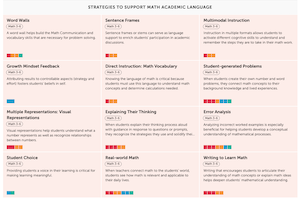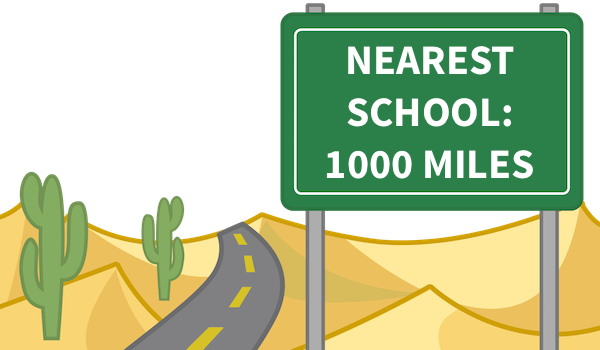The Language of Content
Articles from Speak Agent with math literacy and science resources, strategies, research, and program updates.
Product Update - Thanksgiving 2020
What's better than a nice Thanksgiving dinner? A second helping of Speak Agent product updates, of course! It's our way of saying "thanks" to our partners. Version 2.1.0 fixes several usability items and adds many helpful new enhancements. Here's...
Product Update - November 2020
Speak Agent version 2.0.0loads everything faster. Much faster. It also fixes a number of minor issues. We've listed just the ones you'll notice the most.
Product Update - October 2020
Speak Agent version 1.13.1upgrades several beta test features recently released over the summer. It also adds new visual reading aids to better support learner variability.
ELL Strategies Webinar Recording Now Available
Webinar: ELL Strategies for Digital Learning
A New Resource: Guides to Education Technologies
As school districts move to remote and hybrid learning models, it can be difficult to find vetted, research-based digital learning resources and tools that operate seamlessly across physical and virtual classrooms, as well as home-based independent...
New Math+Language Strategies Workspace
Earlier this week we announced the launch of the ELL Digital Strategies Workspace, in partnership with Digital Promise. Now we have launched a similar resource for K-8 Math, the Math+Language Strategies Workspace. This new Workspace explores active...
Announcing the ELL Digital Strategies Workspace
The Speak Agent academic language learning platform applies 32 research-based instructional strategies across its varied activities. The research behind these strategies is compiled by the Learner Variability Project, a service provided by Digital...
Product Update - June 2020
Speak Agent version 1.12.1 added several new beta activities and features that will be fully released during the Back to School timeframe.
The Language Deficit and the COVID-19 Slide
I was recently reading an article about the challenges the NYCDOE is facing in supporting their ELLs and how these students are faring in the "new normal." Here's how one Brooklyn teen described it:

